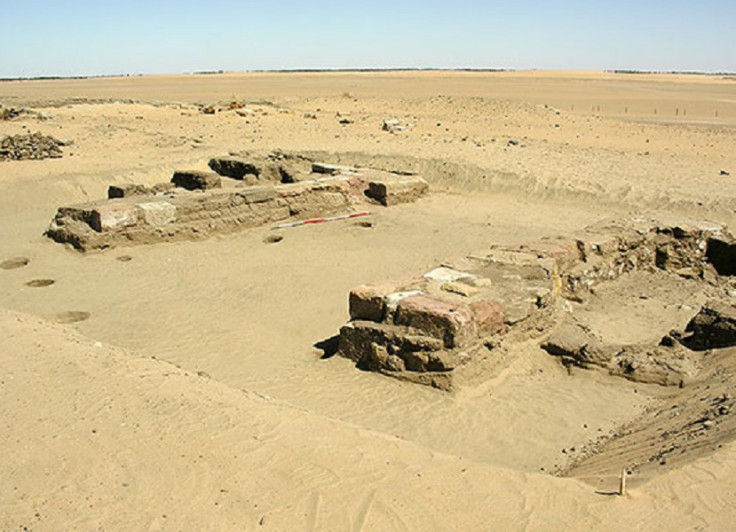Sudan: 16 ancient pyramids containing tombs from Kush kingdom unearthed in town of Gematon

Archaeologists have unearthed 16 pyramids containing tombs in the ancient town of Gematon, in Sudan. Researchers from the British Museum have been excavating the town and cemetery where the tombs were located since 1998.
Derek Welsby, a curator at the British Museum, told Live Science that the tombs date back to a Sudanese kingdom known as Kush – stretching back about 2,000 years. Welsby told the news outlet: "So far, we've excavated six made out of stone and 10 made out of mud brick." The largest of which measures 10.6m in length and would have stood 14m height. However, "they're not just the upper-elite burials," adds Welsby, who says that even people of more modest status were laid to rest in the tombs.

Nonetheless, that's not to say that those at the top of the social ladder did not utilise the impressive structures after death, with one of the tombs found to have an offering table which was constructed from tin-bronze. Carvings on the table included a prince or a priest offering incense to ruler of the underworld, Osiris, with goddess Isis shown behind him. Although these are Egyptian gods, the beliefs were spread around the surrounding regions.
Welsby described the table as "a royal object", adding that the individual "must have been someone very senior in the royal family".
Gematon – or Kawa – is one of the best preserved archaeological sites in Sudan. The Egyptian name of Kawa, Gematon, suggests it was founded in the 14th century BC by the pharaoh Akenaten, but the earliest structural evidence from the site is a temple built under his son, Tutankhamun. It was abandoned around the fourth century AD but had been a major urban centre at its peak, covering 40 hectares. Since then it has been largely undisturbed.
© Copyright IBTimes 2025. All rights reserved.






















